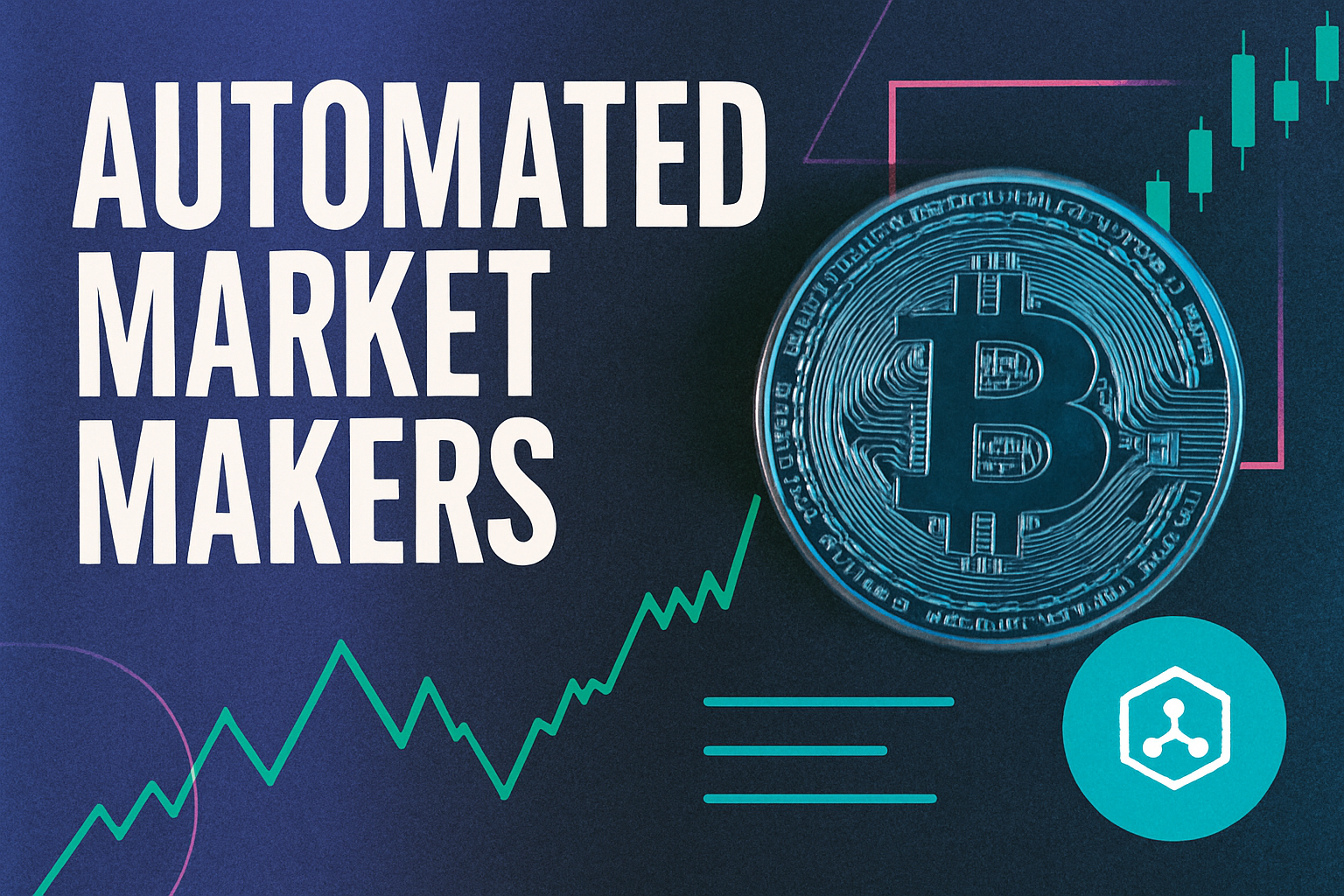
In 2025, the DeFi landscape is experiencing a fundamental shift in how value is shared among participants, driven by the rise of MEV rebates. Historically, Maximal Extractable Value (MEV) extraction has created a zero-sum environment where users bore the brunt of front-running and sandwich attacks. Today, innovative rebate mechanisms are transforming user incentives, redistributing a portion of MEV back to those who generate it. This evolution is not only improving fairness but also fostering deeper engagement and loyalty across protocols.

From Extraction to Redistribution: The MEV Rebate Revolution
MEV refers to the additional profit that validators or miners can capture by reordering, including, or excluding transactions within a block. In its early days, MEV was largely viewed as an unavoidable cost – a hidden tax on DeFi users. However, recent advances have flipped this narrative. Platforms like MEV Blocker, Wallchain, and RediSwap now enable extracted value to be returned directly to users or liquidity providers via transparent rebate flows.
Learn more about the mechanics of MEV rebates here.
MEV Blocker, for example, has processed over 15.9 million transactions and distributed more than 1,700 ETH in rebates as of late 2024. By routing trades through competing searchers who backrun user orders safely, it ensures up to 90% of builder rewards are refunded as rebates – with only 10% incentivizing validators. This model not only protects users from predatory strategies but also creates a tangible reward for their participation.
The Mechanics Behind Modern MEV Rebates
The new generation of DeFi protocols leverages specialized infrastructure to internalize arbitrage profits and share them with stakeholders:
- Wallchain: Integrates arbitrage capture into protocol logic and redistributes proceeds directly to active traders and liquidity providers.
- RediSwap: Employs an application-level approach where arbitrage opportunities are managed within AMM pools. Both users and liquidity providers benefit from these internalized profits, leading to improved trade execution compared to legacy AMMs.
- Private MEV Protection RPCs: Use private mempools for transaction submission, bypassing public mempool risks and allowing for safer order flow while still enabling surplus redistribution.
This shift toward ordering surplus redistribution means that rather than being siphoned off by sophisticated actors alone, value is shared more equitably across the ecosystem.
User Incentives: From Passive Losses to Active Rewards
The impact on user behavior has been immediate and profound. Where once DeFi participants faced unpredictable slippage or outright losses due to MEV exploitation, they now see direct financial benefits for their activity. Platforms offering transparent rebate structures report higher retention rates as users feel tangibly valued for their contributions – not just as liquidity providers but as active traders whose order flow generates surplus value.
This new incentive alignment extends beyond individual rewards. By sharing profits among users, liquidity providers, and protocol developers alike, friction between stakeholders is reduced and collaboration increases. The result is an ecosystem where loyalty mechanisms are built into the very fabric of transaction processing – driving sustainable growth rather than extractive competition.
If you’re interested in real-world examples of these mechanisms in action or want a deeper dive into how rebate buffers work in practice, check out our detailed guide on how MEV rebates are transforming protocol fairness.
Ecosystem Alignment: The Road Ahead for Fairer DeFi Markets
The momentum behind MEV transparency and equitable sharing shows no signs of slowing down. As innovations like Protected Order Flow (PROF) gain traction – locking transaction ordering from input through block production – manipulation opportunities are further curtailed. In turn, trust in protocol mechanics rises among both retail users and institutional players previously wary of opaque extraction risks.
Emerging rebate mechanisms are also prompting a wave of protocol upgrades focused on MEV transparency. By making the flow of extracted value visible and auditable on-chain, protocols can demonstrate their commitment to fairness, helping to attract capital from users who might otherwise be deterred by hidden costs. As a result, ordering surplus redistribution is increasingly seen as a competitive differentiator for DeFi platforms in 2025.
Crucially, the interplay between MEV rebates and protocol-level incentives is shaping new forms of blockchain loyalty mechanisms. Users who consistently interact with rebate-enabled protocols benefit not only from improved trade execution but also from cumulative rewards that can rival or surpass traditional liquidity mining yields. This dynamic is leading to a measurable uptick in protocol stickiness and user engagement across the sector.
The downstream effects are multifaceted:
- Protocol resilience: With MEV profits transparently recycled into user rewards, protocols are less susceptible to value leakage and predatory trading strategies.
- User empowerment: Rebate structures convert what was once a passive cost into an active gain, restoring agency to DeFi participants.
- Sustainable liquidity: As more users recognize the tangible benefits of MEV sharing, liquidity deepens organically rather than relying solely on external incentives.
This paradigm shift is especially relevant as institutions eye DeFi’s evolution. The reduction of extractive risk and the rise of auditable, user-centric reward flows address long-standing institutional concerns about market manipulation and unpredictable slippage. As these actors enter the space, competition among protocols will likely accelerate further innovation in rebate design and surplus allocation models.
What Comes Next? Trends Shaping MEV Rebates in 2025
The next phase for MEV rebates involves integrating advanced privacy tools and programmable order flow controls. Private MEV Protection RPCs are already proving effective at shielding users from mempool-based attacks while maintaining surplus redistribution, as highlighted by recent benchmark studies. Meanwhile, community-driven governance over rebate parameters is giving users more influence over how value is split among stakeholders, a trend likely to intensify as on-chain voting systems mature.
For developers and protocol architects, the challenge will be balancing efficiency with fairness: optimizing for maximum surplus capture while ensuring that distribution remains transparent and resistant to manipulation. Expect to see experimentation with dynamic rebate buffers, mechanisms that adjust payouts based on market volatility or liquidity conditions, to further align incentives across all participants.
Navigating this landscape requires both technical acumen and an understanding of evolving incentive structures. For those building or trading in DeFi today, staying informed about these trends isn’t just prudent, it’s essential for capturing value in tomorrow’s markets.
If you want detailed walkthroughs of real-world implementations or wish to see how specific protocols structure their rebates and rewards, our coverage on real-world protocol examples provides actionable insights.






